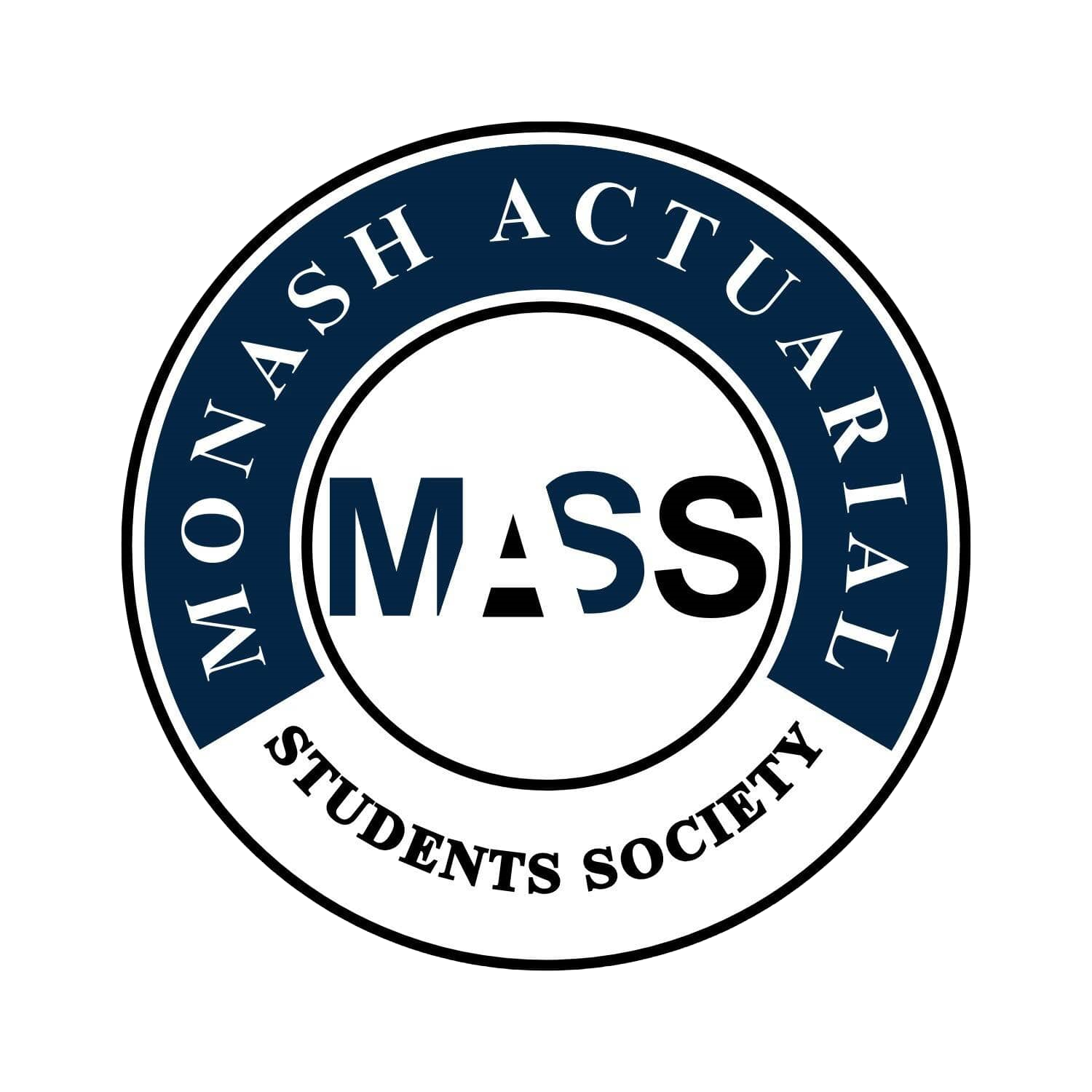ETC3460 / ETC5346 Financial Econometrics (Sem 1 2023)
Difficulty:
Year Completed: Semester 1, 2023
Prerequisite: ETC2410
(or ETC3440, or ETF2100, or ETW2510, or MTH2232, ETC2560)
Exemption:
CM2 Financial Engineering and Loss Reserving
ETC3420 (20%), ETC3460 (25%), ETC3520 (55%)
Weighted average of 70% required. Minimum of 60% required for
each unit.
Mean Setu Score: 78.89%
Clarity of Learning Outcomes: 80.00%
Clarity of Assessments: 86.67%
Feedback: 75.56%
Resources: 73.33%
Engagement: 88.89%
Satisfaction: 68.89%
Subject Content:
Lecture(s) and Tutorial(s):
Textbook(s):
Assessments:
Introduction
Background statistics
Financial asset prices, returns and risks
Mitigating risk - portfolio theory
Asset pricing models
Efficient market hypothesis and implications
Modelling predictable returns
Modelling volatility with ARCH
Modelling volatility with ARCH and GARCH
Modelling asymmetry in volatility
Multivariate modelling
Unit review/group presentation
1 x 2 hour lecture
1 x 1.5 hour tutorial
N/A - The lecture notes are very detailed
Weekly Questions (weeks 2-11, using best 6 quizzes): 6%
Group Assignment 1: 20%
Group Assignment 2: 14%
Final Exam: 60%
Comments
The unit is an important unit that covers fundamental concepts regarding volatility modelling and how to estimate volatility. The unit is moderately challenging, but the instructors and tutors deliver the material effectively. The content is immensely valuable for modelling stock returns. While the statistical theory of the models were covered in the lectures, it's implementation and estimation was carried out in the tutorials.
The lectures were often engaging and are very important as the lecturer covers topics beyond the lecture slides. The lectures consisted of a good balance of theory and example, however was more theory based. The lectures could be math heavy at times, with derivations done on the lecture slides during the lectures. As such, attending live would be beneficial to clear doubts and understand the concepts well. The examples used in the lecture were usually used to consolidate the theory covered. The lectures were fully recorded and uploaded to Moodle.
The tutorials were very technical and focused on the application of the theory learnt within lectures. Real datasets of stock prices were used to analyse, fit models and forecast returns and volatility. The tutorials included multiple hypothesis tests, forecasting exercises and modelling using Eviews. The tutorials would expand upon subjects discussed in the lecture and provide instruction on additional material that was not included in the lecture. Since there were quizzes in each tutorial, attendance is necessary.
The group assessments are effective at encouraging collaboration and teamwork amongst your peers. In particular the second group assignment, which was a portfolio forecasting exercise done between groups. The quizzes in each workshop helped to test the knowledge learnt in the lectures and tutorials and were extremely useful in terms of motivating students to attend the workshops. The questions presented in the assignments were of greater difficulty compared to those in the tutorials, and they heavily relied on the use of Eviews.
The exam structure was similar to the 2022 exam. The exam mainly focused on ARCH and GARCH modelling and interpreting Eviews output. However there were some higher order mathmetical derivations in the exam too. With the exam being closed book, it tested students ability to remember and apply the knowledge taught throughout the semester. To prepare for the exam students were supplied with one practice exam and its solution.
To do well in this unit, you have to be on top of the content every week. It is advisable that students practice every single derivation carried out in the lectures and tutorials because they may appear in the exam. As the exam is on campus and closed book, hence students should spend a great amount of time understanding the content and learning the functional form of different models
General Overview:
Lectures:
Tutorials:
Assessments/Other Assessments
Exams
Concluding Remarks

